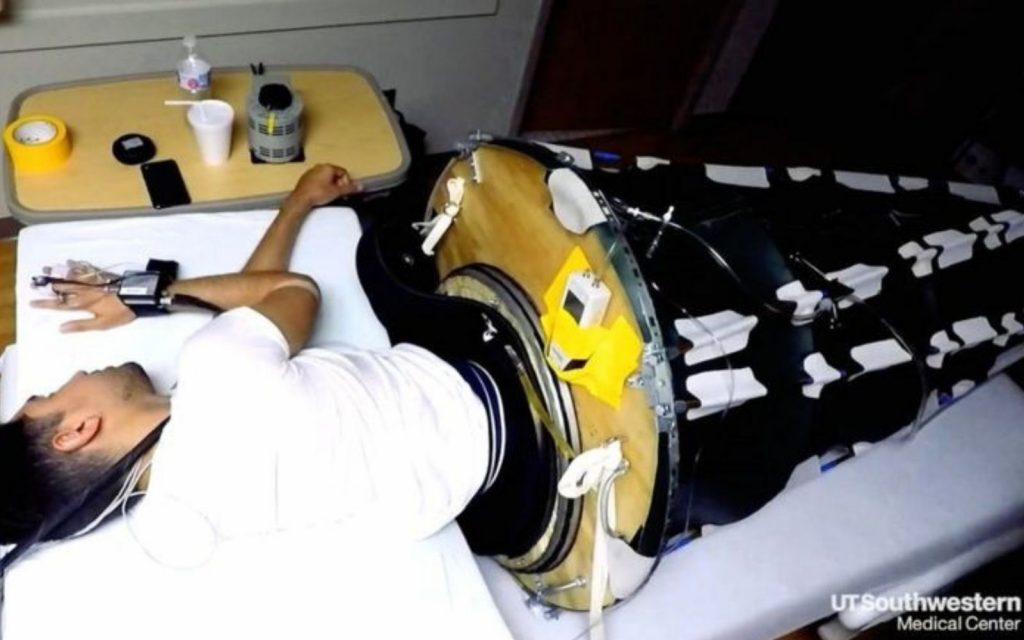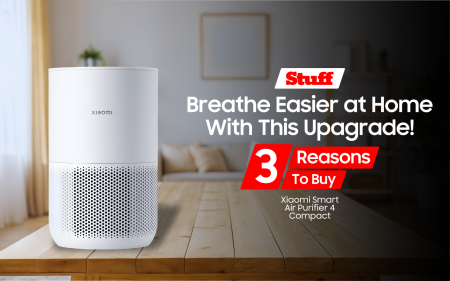It’s really, really hard to get humans to live in space. The astronauts onboard the International Space Station are, technically, NASA guinea pigs who just happen to also conduct high-level scientific research. Soon they’ll get to test one more thing — a sleeping bag that sucks.
ISS residents are prone to one very specific malady. The problem is, humans are made up of large quantities of fluid. Fluid floats in microgravity. And fluid can, quite literally, go to an astronaut’s head. Called spaceflight-associated neuro-ocular syndrome, or SANS, this is when an astronaut’s eyeballs are squeezed by the fluids in their body.
Naptime for NASA
Normally, as happens on Earth, just standing up is enough to drain the fluid from your eyeballs. But that doesn’t happen in space. Astronauts tend to develop eye problems after extended stays in microgravity. Usually, just six months is enough to cause issues. Researchers have been working on the problem and the solution is a very special sleeping bag.
Created by researchers at the University of Texas (UT) Southwestern Medical Center, the sleep assistant is designed to pull fluid down to an astronaut’s feet. The point, according to research lead Dr. Benjamin Levine, is to help mankind get to Mars.
“We don’t know how bad the effects might be on a longer flight, like a two-year Mars operation,” he said to the BBC. “It would be a disaster if astronauts had such severe impairments that they couldn’t see what they’re doing and it compromised the mission.”
Sleeping kinda sucks now
The answer, seemingly, is the sleeping bag that encloses the lower half of the astronaut’s body. It works, in a similar manner to a vacuum cleaner, by drawing fluid to the lower body. This prevents the pressure buildup that eventually distorts the optic nerve and causes SANS.
The bag’s creator’s are hoping to get NASA to test the concept in space, after doing what they can in regular gravity. Cancer survivors, who had ports in their heads to deliver chemotherapy, were instrumental in testing. The ports allowed researchers to monitor cranial pressure. It was found that lying down for three days was enough to cause noticeable pressure buildup on the eyes. Buildup didn’t occur with the suctioning sleeping bag attached.
The next step is to get it out into space. If it works, SANS may be solved before we even attempt to make it to the red planet. “This is perhaps one of the most mission-critical medical issues that has been discovered in the last decade for the space program,” said Levine.
Source: BBC




